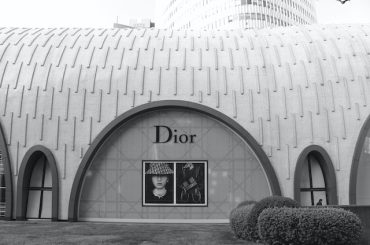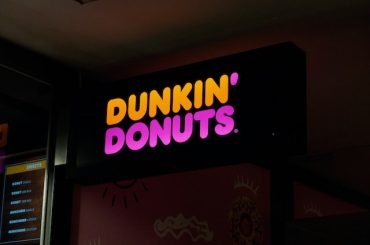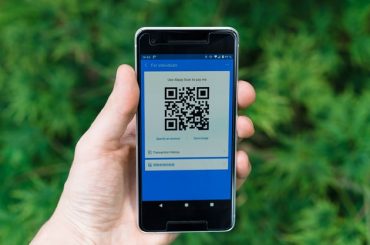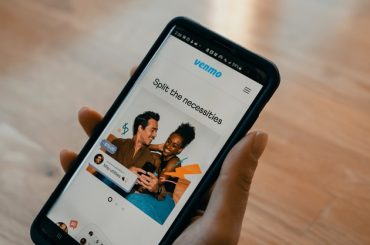If you have ever owned a pair of prescription eyeglasses or sunglasses, there is a huge chance that they have been made on the shop floor of a company called Luxottica. Never heard the name before?
But I am sure that you would have heard brands like Rayban, Oakley, Persol, Chanel, or DKNY. They are all made by the same company. The Luxottica Mafia as I call it, chuckles. The behemoth controls a major chunk of the market, generating over 11.2 billion USD in revenue every year, and has a market valuation of $58 bn.
Enters Warby Parker (drum roll, please!). American online retailer of prescription glasses and sunglasses, based in New York City, Warby Parker (valued at $3 bn) has totally disrupted the eyewear market.
So what’s the hype about the Unique business model of Warby Parker?
Warby Parker has positioned itself strongly in segments in which Luxottica operates, giving Luxottica a run for their money. But How?
Warby Parker realized that shopping eyeglasses was a social experience, where buyers took the opinions of their friends and family before making a buying decision.
Hence Warby Parker wanted to replicate this buying experience in online shopping also yet make the product affordable. This was done by integrating offline and online buying processes. They offered their client the convenience by giving them 5 frames to try. The buyer wore them, talked about them, and posted them on social media. Warby Parker was ready to disrupt the industry and change the way people buy eyewear.
Since monopolies are Goliath, why didn’t a monopolist like Luxottica disrupt?
The answer is straightforward. Therefore, monopolies don’t have an incentive to disrupt. A monopoly is a situation when a company dominates a market with its product and has total control over the market. So, when there is less competition monopolist doesn’t bother to innovate. Sales happen organically without any external effort. Monopolist only focuses on optimizing existing services and value chain for higher profitability.
Being a monopoly Luxottica charged its customers 20 x costs of their products, a 13$ frame for a whopping 300 $. In a monopoly, the profits are usually invested in improving the channel, marketing, and service but unfortunately not on innovation.
A new entrant like Warby Parker was free to innovate. They adopted Blue Ocean Strategy
Blue ocean strategy is the simultaneous pursuit of differentiation and low cost to open up a new market space and create new demand. It is about creating and capturing uncontested market space, thereby making the competition irrelevant.
–Blue Ocean Strategy Website
What business model did Warby Parker employ to cause this disruption? What was its Strategy Story?
1. Leveraged existing platforms and Positioned themselves as a Lifestyle brand
The business Model of Warby Parker allowed the brand to showcase itself as a lifestyle choice and a quirky hip fashionable brand. To get off to a quick start, the strategy was to leverage the platforms of the established brands, the insiders. This helped them to position themselves as a leading player and gain initial traction through word of mouth.
The company tied up with Fashion Magazines, eyewear designers, and PR agencies to get into the inner circles. GQ even called them the “Netflix of eyewear,” and soon, customers swarmed on the website. Customers made beelines, and Warby Parker ran out of stock. Such was the impact that they completed their one-year target in just three months and still had 20,000 customers on the waitlist.
Once Warby invited few editors and 30 models from around the New York area to New York Public Library. These models were dressed in Warby glasses with blue books in their hands that displayed the name of the glasses they were wearing. The editors noticed the quirky environment and mentioned them in the same breath as New York fashion week.
2. Great Customer experience brings Loyalty and free marketing
Their primary Target Group (TG) is excited, hip, and fashionable millennial-aged between 25-34. This TG is online, socially active, overshare and does a lot of conversations. Warby Parker understands them very well.
These youngsters have a bustling loyalty to the brand. Just to give a perspective Warby Parker’s buyers complete more than one (1.4) order per year on average and buying an average of 1.5 units per order. The brand has a net promoter score of 91, (to give you an idea, apple is in the mid-70s), which means most customers swear by the loyalty and would recommend the brand to others.
The company truly upped the game of customer experience. Warby Parker knew that shopping is more of an experience than an activity. They decided to make it more engaging. A user can simply order the frame for USD 95, try 5 of them for 5 days and return the rest with shipping covered. In turn, customers shared the experience on social media sites, engaged with the brand, and generated word of mouth publicity.
Complementing the strategy was a data-driven approach to customer experience. This helped Warby Parker integrate offline and online data which helped them accentuate the customer experience, resulting in a quite a unique business model in a very traditional industry.
3. Honest marketing: Fun-filled and transparent
The founders knew that their customers, millennials, are honest, and look for more personal connections with the brand. Hence to implement the strategy, Warby Parker connects with its customers by creating memorable experiences with the help of personal, quirky, and fun content, which their customers like and share on social media.
In one of their annual reports, the brand didn’t even shy from sharing that 50% of its orders were delivered to the wrong address. Also, one of the most misspelled words in the Annual report was “Warby Barker“. The ingenious marketers at Warby took this as an opportunity and came up with WarbyBarker.com on April Fools day, where they had dogs posing with Warby glasses. Warby barker generated 2.5 x traffic of their original website.
4. Cause Marketing, the Do- Good Strategy
Warby Parker has a mission of alleviating the problem of impaired vision. It is contributing by donating one pair of eyeglasses for every pair bought blends. As per its website over seven million pairs of glasses have been distributed through our Buy a Pair, Give a Pair program.
The idea is to integrate social messaging with a social cause. Warby’s story of breaking the monopoly of a brand like Luxottica and making eyeglasses affordable also blend in perfectly with their social image and story.
Warby Parker’s success is not only because of creating a wonderful product at an affordable price.
It is a combination of innovative ideas, creating memorable experiences, and using technology to solve a problem. Warby Parker’s focus on positioning itself as a lifestyle brand and building an experience around the brand was pivotal in its success.
By providing an unmatchable experience supplemented with a social commitment to serve, furthered its brand philosophy. The whole idea created an army of brand ambassadors who go out of their way to share their Warby Parker’s stories in their network.
And that’s how my friends a decade old brand has disrupted the entire eyewear industry.
Interested in reading more Marketing Strategy Stories? Check out our collection.
-AMAZONPOLLY-ONLYWORDS-START-
Also, check out our most loved stories below

Why did Michelin, a tire company, decide to rate restaurants?
Is ‘Michelin Star’ by the same Michelin that sells tires, yes, it is! But Why? How a tire company evaluations became most coveted in the culinary industry?

Johnnie Walker – The legend that keeps walking!
Johnnie Walker is a 200 years old brand but it is still going strong with its marketing strategies and bold attitude to challenge the conventional norms.

Starbucks prices products on value not cost. Why?
In value-based pricing, products are price based on the perceived value instead of cost. Starbucks has mastered the art of value-based pricing. How?

Nike doesn’t sell shoes. It sells an idea!!
Nike has built one of the most powerful brands in the world through its benefit based marketing strategy. What is this strategy and how Nike has used it?

Domino’s is not a pizza delivery company. What is it then?
How one step towards digital transformation completely changed the brand perception of Domino’s from a pizza delivery company to a technology company?

BlackRock, the story of the world’s largest shadow bank
BlackRock has $7.9 trillion worth of Asset Under Management which is equal to 91 sovereign wealth funds managed. What made it unknown but a massive banker?

Why does Tesla’s Zero Dollar Budget Marketing Strategy work?
Touted as the most valuable car company in the world, Tesla firmly sticks to its zero dollar marketing. Then what is Tesla’s marketing strategy?
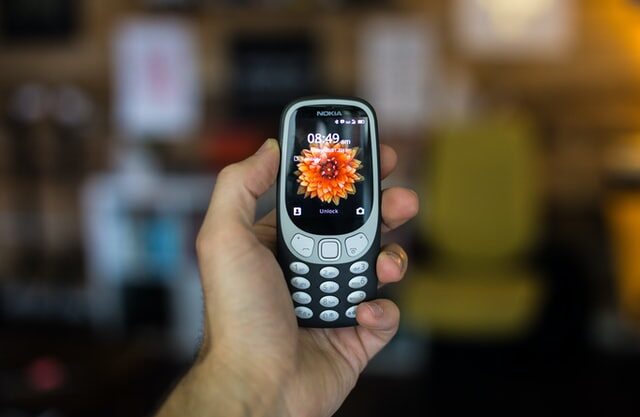
The Nokia Saga – Rise, Fall and Return
Nokia is a perfect case study of a business that once invincible but failed to maintain leadership as it did not innovate as fast as its competitors did!

Yahoo! The story of strategic mistakes
Yahoo’s story or case study is full of strategic mistakes. From wrong to missed acquisitions, wrong CEOs, the list is endless. No matter how great the product was!!

Apple – A Unique Take on Social Media Strategy
Apple’s social media strategy is extremely unusual. In this piece, we connect Apple’s unique and successful take on social media to its core values.
-AMAZONPOLLY-ONLYWORDS-END-



